When looking at online businesses for sale, you’ll often see a brief prospectus about the business and then a link to learn more. Once you sign a non-disclosure agreement, you’ll receive the Confidential Information Memorandum or CIM for short.
Today we’ll go through all of the sections of the confidential information memorandum and how you’ll use it when acquiring online businesses.
Due Diligence Services
These firms rely on our M&A expertise



These firms rely on our M&A expertise...



Hire our team to conduct due diligence on your online business acquisition.
Get a 20-page due diligence report jam-packed with insights.
View all services, or choose your business type below:
What is a CIM?
A confidential information memorandum contains all of the information needed to help you sell your business. It’s typically prepared by either the seller or the broker/other intermediary.
The purpose of a CIM is to give you almost all of the information you need as a buyer to decide if you want to pursue the acquisition further or not. It contains information such as:
- Revenue
- Expenses
- Net Profit
- History of Business
- Growth Potential
- Next Steps
The reason it’s called a confidential information memorandum is because you’re typically required to sign a non-disclosure agreement before getting access to the CIM. It contains confidential information on the company name, finances, and operations.
How does CIMS work in online business acquisitions?
To understand how CIMs are used, let’s start with the process of listing an online business for sale. Often, you’ll contact a broker like Empire Flippers or QuietLight, and they’ll list your business on their website.
On the public marketplace, there will be a short paragraph about your business including general information. However, the details of your business including name, detailed P&L, history, and any seller interviews will not be available publicly.
Buyers have to request more information from the broker, sign a non-disclosure agreement, and then they will receive the CIM.
CIMs are typically passed around to a smaller select group of potential buyers. Because they contain detailed information on the business, it would be risky to make them available to the general public.
After looking at a CIM, a prospective buyer should know whether or not they want to pursue the opportunity further.
What is inside of a CIM?
The contents of a CIM differ by the specific broker used but generally, the sections below are in each CIM:
- Executive Summary
- Financial Overview
- Marketing Overview
- Client Interview
- Business Assets
- Next Steps
Executive Summary
The executive summary contains the history of the business, a brief description of the business model, and financials in recent years.
The executive summary is essentially a “1-pager” for the rest of the CIM. The average CIM can be anywhere from 5 – 50 pages depending on the broker so the executive summary is perfect for people just skimming for the key information.
The executive summary may also include key benefits and key reasons why it’s an attractive acquisition.
Financial Overview
The CIM contains confidential information on the business’s finances including revenue, expenses, and EBITDA over the last few years.
Every CIM will contain the financial information over the trailing twelve months at a bare minimum. More common are financial statements for the last 3 years showing the trends in revenue and net profit over that time frame.
The financial overview also gives a breakdown of revenue sources for a prospective buyer.
Marketing Overview
For online business acquisitions, a core question to answer is – how is the business acquiring customers? This marketing overview gives an overview of all traffic channels for the business and breaks down the split between each one.
This allows a prospective buyer to see exactly how a business is acquiring customers.
Client Interview
For a less data-focused approach to business acquisition, many brokers will interview the seller of the business and put it in the CIM.
In the user interview, the seller will be asked questions like
- The history of the business
- Why are they selling now?
- What are some growth opportunities for the business?
- How do they operate the business?
While it’s not included in every CIM, this client interview is incredibly helpful for answering potential questions prospective buyers will have.
Business Assets
Often the CIM will also include a list of business assets so a prospective buyer can see exactly what is included with the sale. This can be assets like
- The URL/domain
- Inventory
- Email List
- Shopify Store
- Any contracts included with the business
Next Steps
The purpose of a CIM is to let potential buyers know if they’re still interested in pursuing the opportunity further. As such, a CIM will often contain next steps such as contact information for the broker or a link to schedule a call with the seller of the business.
Frequently Asked Questions
Do you need a CIM?
You don’t need a CIM to sell your online business but it is recommended if you’re in a highly competitive space or selling your business for a large amount of money. For a number threshold, I’d recommend using a CIM if you’re selling your business for $100,000 or more.
Because most online businesses have a low barrier to entry, it’s not smart to put your entire company’s financials and operating procedures online for competitors to copy.
A better approach when selling an online business is to make a 1-pager about your business containing a brief description of the business, general financials, and a potential asking price. That can be public.
Then you can provide the CIM to anybody who is interested in further information.
Who writes the CIM?
Typically a broker or intermediary will work with a seller to write the CIM. Each broker follows a different process for writing the CIM and determines the exact sections and information that should be included.
Due Diligence Services
These firms rely on our M&A expertise



These firms rely on our M&A expertise...



Hire our team to conduct due diligence on your online business acquisition.
Get a 20-page due diligence report jam-packed with insights.
View all services, or choose your business type below:











